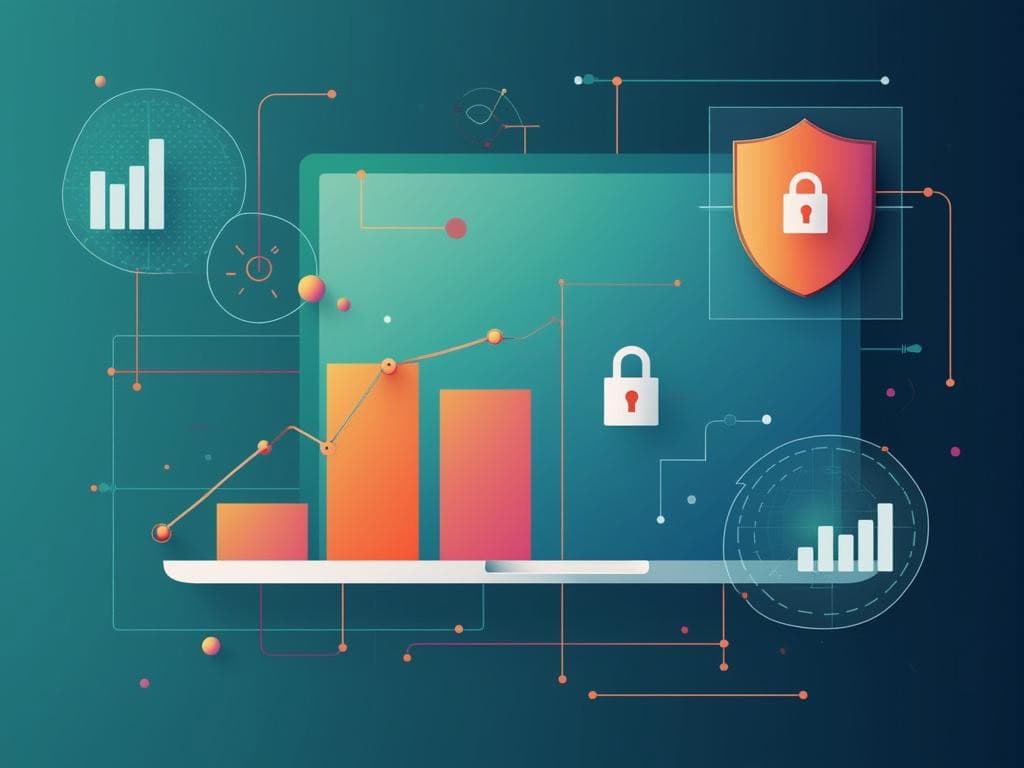SIEM Systems: Major Investments Yield Low Threat Detection Rates Despite Data Insights

SIEM Systems Falling Short on Threat Detection Despite Major Investments, Report Finds
Security teams are detecting only 36% of relevant threats despite significant investments in Security Information and Event Management (SIEM) platforms, according to CardinalOps' 2025 State of SIEM report. The comprehensive study reveals widespread challenges with "SIEM sprawl" and detection gaps across enterprise security operations.
Critical Security Visibility Gaps Persist
The report, analyzing data from 2.5 million log sources and over 13,000 unique detection rules across hundreds of production environments, exposes concerning trends in cybersecurity detection capabilities. Major cloud-based SIEM solutions for enterprise security examined included Splunk, Microsoft Sentinel, IBM QRadar, CrowdStrike Logscale, and Google SecOps.
Key findings paint a troubling picture of enterprise security effectiveness:
- Detection coverage improved marginally from 2024, leaving organizations blind to 64% of potential threats
- 28% of existing detection rules are either broken or unused
- Over 80% of detection logic relies solely on endpoint and authentication logs
- Custom detection rules account for less than 20% of total detections
The Challenge of SIEM Optimization
Michael Mumcuoglu, CEO and Co-Founder of CardinalOps, emphasized the severity of the situation: "Five years worth of data tells a stark story: organizations are sitting on a mountain of data but still lack the visibility needed to detect the threats that matter most."
Organizations implementing comprehensive SIEM solutions for enhanced security visibility should consider these emerging trends reshaping implementation:
- Integration of SIEM with XDR capabilities to enhance detection and response
- Migration toward data lake architectures to reduce costs
- Growing adoption of Detection-as-Code practices
- Increased use of machine learning for rule optimization
Practical Applications for Security Teams
Security professionals can take several immediate steps to improve their SIEM effectiveness:
- Conduct regular audits of detection coverage against MITRE ATT&CK framework
- Implement formal detection engineering processes
- Focus on rule quality over quantity
- Evaluate SIEM ROI and consider alternative solutions if needed
Organizations should prioritize:
- Normalizing data sources for better correlation
- Developing structured detection engineering playbooks
- Establishing clear metrics for measuring SIEM effectiveness
- Creating feedback loops between incident response and detection teams
This research highlights the urgent need for organizations to reassess their SIEM strategies and focus on practical improvements rather than simply adding more rules or ingesting more data. Security teams must shift from a quantity-focused approach to one emphasizing quality, coverage, and measurable effectiveness.

